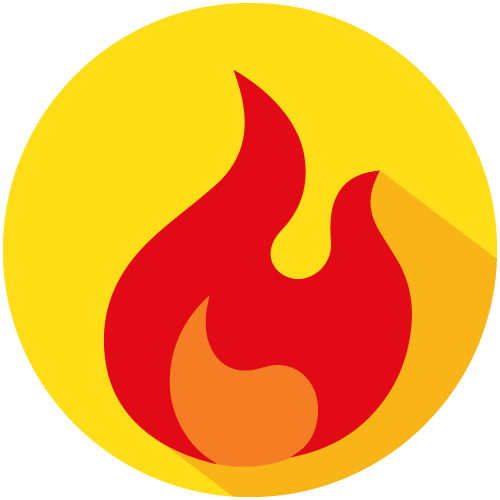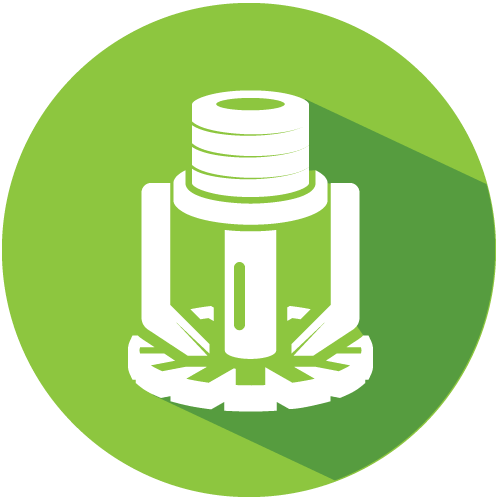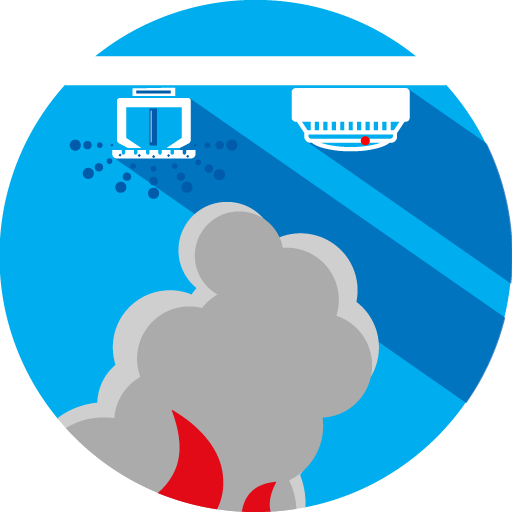Not Just a Good Idea, the Best Idea
- Most fatal home fires happen at night while people are sleeping.
- The very young, older adults and people with disabilities are at the greatest risk.
- Fires are fast. They can become deadly in less than 3 minutes.
- New houses burn just as often as old houses and are more deadly because of modern building materials.
- Not only do sprinklers save lives, they save money. You may receive a discount on your homeowners insurance; and if you do have a fire, sprinklers can reduce the cost of damage by hundreds of thousands of dollars.
- Fire sprinklers are green. They reduce water usage, water runoff and toxins released by fire.
See the side-by-side burn video that demonstrates the effectiveness of residential fire sprinklers.
Most Fire Deaths Occur in Homes
- Fires move very fast, putting everyone at risk, but some people are at higher risk.
- Most fatal fires happen at night when people are asleep.
- Every home should have working smoke alarms, but they can only warn you about smoke in your home. They cannot put out the fire.
- Not everyone will wake up to an alarm. People with impaired hearing won’t hear alarms and children often sleep through alarms.
- Fires can become deadly in less than 3 minutes, so older adults and the mobility impaired may not be able to escape the poisonous fumes, deadly smoke and searing heat in time.
- Fire sprinklers are the best protection for the ones you love.
See the Home Fire Timeline for more information.
Impact of Sprinklers
Rates of Death per 1,000 fires
- With sprinklers
- Without sprinklers
Civilian Injury per 1,000 fires
- With sprinklers
- Without sprinklers
Firefighter Injury per 1,000 fires
- With sprinklers
- Without sprinklers
The National Fire Protection Association found that the rates of death and injury in US home fires was significantly reduced when sprinklers were installed. This was reduced even further when homes had both working smoke alarms and sprinklers installed. NFPA 2017
Average fire death rates per 1,000 home fires by presence of smoke alarms and sprinklers
Smoke Alarms and Sprinklers
The Home Fire Sprinkler Coalition Australia believes sprinklers should be used in conjunction with strategically placed and interconnected smoke alarms for the most effective protection of occupants.
Smoke Alarm Guidance from Coalition members:
AFAC – Smoke Alarms in Residential Accommodation Guideline
FPA Australia – Position Statement: Selection of residential smoke alarms




